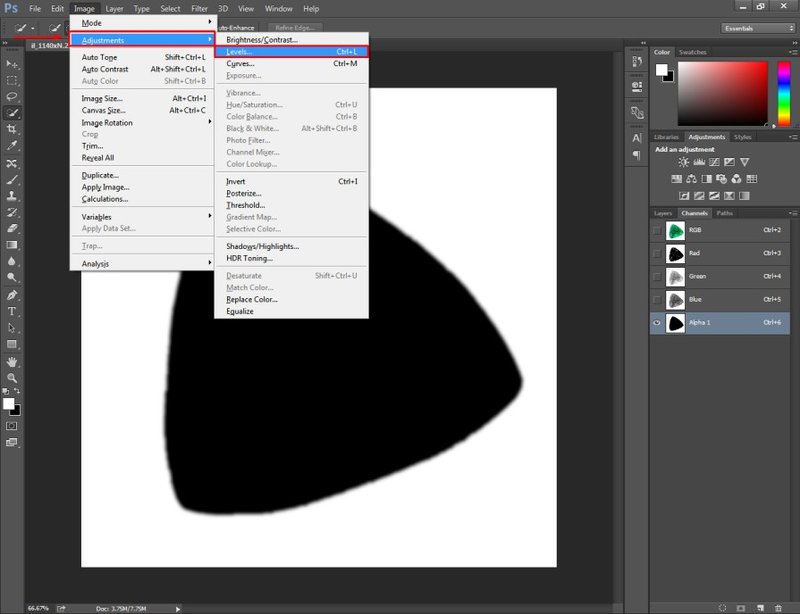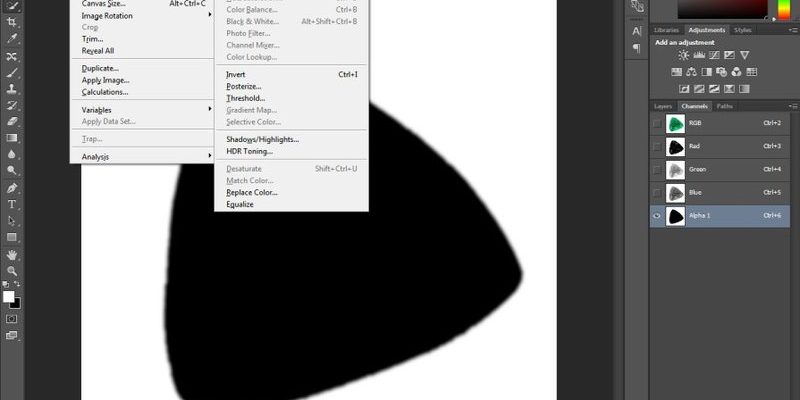
Imagine your door as a finely-tuned instrument. If even one piece is off, the whole thing can sound like a cacophony. So, whether you have a standard strike plate or a more specialized type, knowing how to smooth those edges with a simple tool can save you time and headaches down the road. Let’s dive into the steps you need to take to get those strike plates in tip-top shape.
Understanding Strike Plates
To kick things off, let’s clarify what a strike plate is and why it matters. Strike plates are usually made of metal and are installed on your door frame to work with the door latch. When you close the door, the latch fits into the hole in the strike plate, keeping your door secure. It’s a bit like a handshake between your door and the frame—if one side is rough or uneven, that handshake can get a little awkward.
You might be wondering, “What causes rough edges?” Over time, wear and tear, improper installation, or even just a poorly manufactured strike plate can lead to burrs or rough spots. Not only do these imperfections make the door harder to close, but they can also lead to damage over time. Smoothing them out is an easy fix that can enhance both the look and function of your door.
Gathering Your Tools
Before you dive in, you’ll need some basic tools to get the job done right. Here’s a quick list to round up:
- File: A metal file, ideally a fine or medium-cut file, will do the trick.
- Safety glasses: Protect your eyes, especially if there’s debris flying around.
- Sandpaper (optional): For extra smoothness, a fine-grit sandpaper can come in handy.
- Cleaning cloth: To wipe away any dust or debris after filing.
Having the right tools is like setting up your workspace for success. You wouldn’t paint a room without brushes, right? The same goes for this task; having everything you need at hand will make the process smoother and faster.
Preparing the Strike Plate
Now that you’ve gathered your tools, it’s time to prepare your strike plate. Start by removing the strike plate from the door frame. Usually, a screwdriver will do the trick. Once it’s off, give it a good look. Check for any visible rough edges or burrs—these are what you’ll be working on.
While you’re at it, take a moment to clean the area around where the strike plate sits. Dust and grime can build up over time, and starting with a clean slate will help you see the work you’re doing more clearly. Simply use a damp cloth to wipe it down, then dry it off.
Filing the Edges
With your strike plate removed and cleaned, it’s time to start filing. Here’s how you can do it effectively:
1. Hold the file steadily: Grip the strike plate in one hand and the file in the other. You want to maintain control to ensure you’re filing evenly.
2. File gently: Start by lightly running the file along the rough edges of the strike plate. You don’t need to apply a lot of pressure. Think of it like petting a cat—gentle strokes work best.
3. Check often: After a few passes, take a look at your progress. You’re aiming for smooth, even edges, not necessarily a perfect finish right away. Depending on how rough the edges are, you might need to file a bit more.
4. Use sandpaper (if needed): If you want a finer finish, grab your sandpaper. Fold a piece and gently rub it along the edges you’ve filed. This will help eliminate any minor imperfections and give a polished look.
Reinstalling the Strike Plate
Once you’re satisfied with the smoothness of the edges, it’s time to reinstall the strike plate. Here are some steps to follow:
1. Position it correctly: Place the strike plate back in its original location. Make sure the holes align with the screws in the door frame.
2. Secure it: Using your screwdriver, gently tighten the screws. Be careful not to over-tighten them, as this can strip the screws or misalign the plate.
3. Test the fit: Before you close the door, give it a quick test. Push the latch against the strike plate to ensure it fits smoothly. If anything feels off, you may need to tweak it a bit more.
4. Final check: Close the door to see how it latches. It should click into place effortlessly. If it still feels rough, you might want to revisit those edges for a bit more filing.
Common Problems You Might Encounter
While this process is pretty straightforward, there are a few hiccups you might run into. One common issue is that the latch may still not fit well even after you’ve filed the strike plate. Here’s what you can do:
– Check the alignment: Sometimes, the strike plate may not have been installed perfectly straight. Loosening the screws and repositioning it can work wonders.
– Look for obstructions: If the latch still isn’t catching, there might be something blocking it. Check for debris or even misaligned hinges on your door.
– Consider the latch itself: If the latch is damaged, no amount of filing will help. You may need to replace it or adjust it to fit properly.
Why It Matters
You might be wondering why smoothing out those rough edges is worth the effort. Here’s the thing: a well-functioning strike plate doesn’t just make your door close better; it enhances your home’s security. A smooth action ensures that your door latches properly, keeping unwanted guests out and your loved ones safe inside.
Furthermore, addressing these small issues now can prevent bigger problems down the line. A door that doesn’t close properly can lead to bigger repairs, which can be a pain and cost a lot more. By taking a few minutes to smooth those rough edges, you’re effectively saving yourself time and money in the future.
Smoothing rough edges on strike plates is a simple yet impactful DIY task that anyone can tackle. With just a file and a little patience, you can dramatically improve how your doors function. Remember, a little care goes a long way in maintaining your home. So the next time you find yourself frustrated with a stubborn door, grab a file and give it a go. Your newly smoothed strike plate will thank you!
